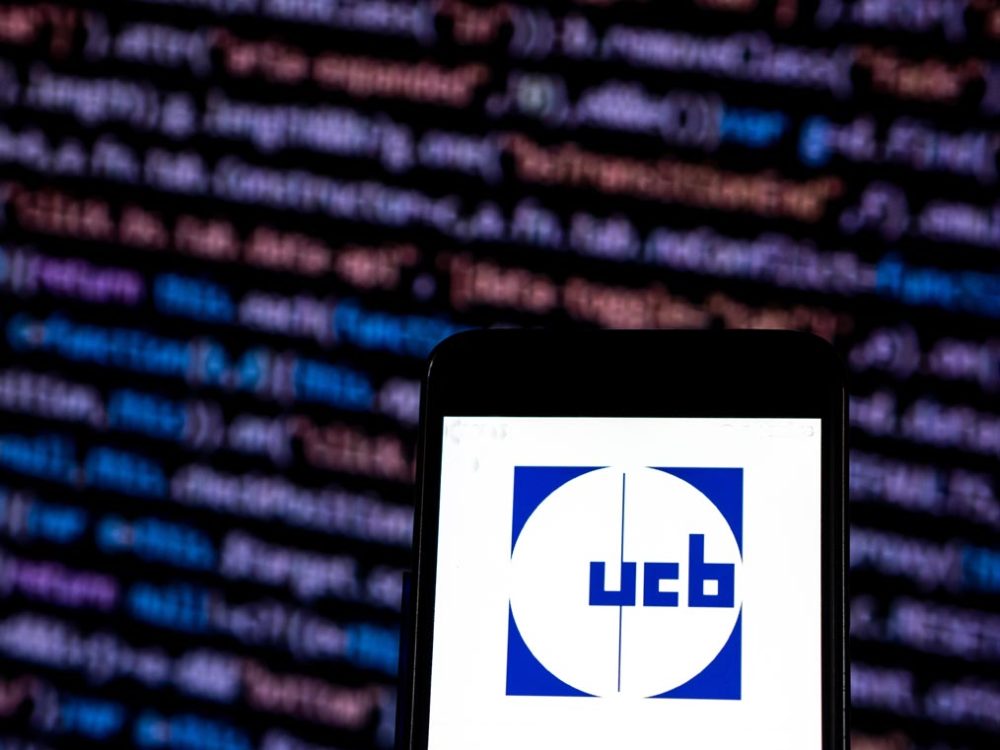Advertisment
Latest real-world evidence presented at WCO-IOF-ESCEO assesses how Evenity (romosozumab) can help to close the treatment gap in osteoporosis – UCB

UCB, announced key findings from the first retrospective patient cohort study in Denmark to observe the characteristics of patients selected for romosozumab treatment in routine clinical practice. The data were presented as a poster presentation at the World Congress on Osteoporosis, Osteoarthritis and Musculoskeletal Diseases (WCO-IOF-ESCEO) 2024 in London, UK, 11-14 April.
The observational, retrospective cohort study included female patients aged 50 years or older receiving osteoporosis medication during September 2020 to October 2023, identified by prescription and hospital registry data. Overall, 149,395 patients were included in the analysis; of these, 622 with a fracture in the three years before the date of cohort entry were treated with romsozumab.
The study observed that, of patients who had sustained a fracture at any skeletal site in the three years before the date of cohort entry and were treated with romosozumab, fracture history included hip fractures (n=79/N=622 (12.7%)) and spine fractures (n=64/N=622 (10.3%)), in addition to non-hip, non-spine (n=303/N=622 (48.7%)) and osteoporosis with pathological fracture not related to malignancy or other bone diseases (n=335/N=622 (53.9%)). The study also highlighted that of the 622 female patients treated with romosozumab, 44.5% (n=277) had not received any prior treatment for osteoporosis.
“It is vital that patients with osteoporosis at high risk of fracture receive timely and appropriate care from the offset to reduce the risk of future fractures and improve outcomes,” said lead study investigator Prof Bente Langdahl (Clinical Professor, Aarhus University Hospital, Denmark). “By offering critical insights into the treatment patterns of romosozumab and other osteoporosis treatments in a real-world setting, this study allows us to further investigate prescription patterns and the profile of patients who may benefit the most from the use of romosozumab as a first-line treatment. This knowledge will help us improve treatment of patients with severe osteoporosis at high risk of fracture.”
The global impact of osteoporosis is profound, with one in three women over the age of 50 likely to experience a fracture caused by osteoporosis. In Europe alone, the economic cost is estimated at 37.5 billion EUR – a number predicted to increase by 27% by 2030. Despite this, data in Europe has demonstrated that up to 85% of women are not treated for underlying osteoporosis following a fragility fracture.
“This cohort patient study provides an invaluable blueprint to inform future treatment decision-making and support optimal use of romosozumab in clinical practice, both in Denmark and across Europe,” said Emmanuel Caeymaex, Executive Vice President, Immunology and U.S. Solutions at UCB. “The study findings enable us to understand the use of romosozumab as a treatment option in the real world and demonstrate its potential in closing the treatment gap for patients at high risk of fracture.”
Romosozumab was approved in the European Union in December 2019 for the treatment of severe osteoporosis in postmenopausal women at high risk of fracture.





